With the rapid adoption of electric vehicles (EVs), understanding the fundamentals and workflow of EV charging has become essential for owners and industry professionals alike. Although plugging your car into a charger seems simple, the underlying power conversion technology, communication protocols, and safety monitoring systems are highly complex. This article systematically explains EV charging principles, types, key equipment, and technical details, while integrating SRE Power 120/160 kW Fast EV Charger product highlights to give you a comprehensive grasp of the entire charging lifecycle.

Basic Principles of EV Charging
Charging an EV essentially involves converting alternating current (AC) from the grid into direct current (DC) suitable for the vehicle’s battery pack. Compared to small devices like smartphones, EV batteries are much larger and demand higher power, better thermal management, and advanced safety controls.

AC–DC Conversion
The charger (or charging station) connects to the AC grid, then uses rectifiers and power electronics to produce stable DC output.
Real‑time monitoring of voltage, current, and temperature ensures safe and consistent charging.
Communication & Control
Chargers and the vehicle’s Battery Management System (BMS) handshake via protocols such as OCPP, CHAdeMO, or CCS to exchange battery state and power requirements.
An intelligent control unit adjusts the charging profile—transitioning from trickle (constant current) to bulk (constant voltage) phases—based on this data.
Safety & Monitoring
Built‑in protection halts charging upon overcurrent, overvoltage, short circuit, or overheating, and triggers alarms.
SRE Power chargers feature SMS alerts and cloud‑based dashboards for remote diagnostics and firmware updates.
Main Charging Types & Scenarios
EV charging methods are categorized by power level and connector type into three levels—Level 1, Level 2, and DC Fast Charging—each suited for different use cases.
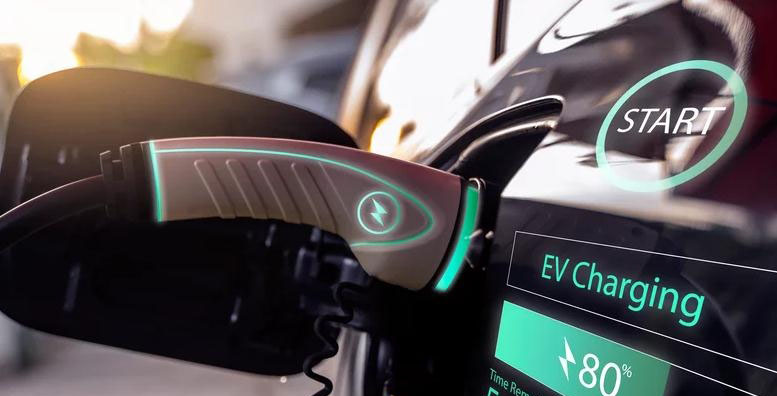
2.1 Level 1 Charging
Power: 2–3.6 kW
Connection: Standard household 220 V outlet
Use Case: Overnight home charging for daily commutes
Pros: Low cost, no special installation
Cons: Very slow—full charge may require a full night
2.2 Level 2 Charging
Power: 7–22 kW
Connection: Dedicated 240 V/380 V circuit, home or public AC charger
Use Case: Home garage, workplace, shopping centers
Pros: Moderate speed—4–8 hours for a full charge
Cons: Requires electrical upgrades and professional installation
2.3 DC Fast Charging (DCFC)
Power: 50–350 kW (and above)
Connection: High‑voltage DC output at dedicated stations
Use Case: Highway rest stops, urban fast‑charge hubs
Pros: Top up to 80% in 20–30 minutes—ideal for long trips
Cons: High infrastructure cost and grid impact
SRE Power 120/160 kW Fast Charger Highlights
As a leading charger manufacturer, SRE Power’s 120/160 kW Fast EV Charger is tailored for four‑wheel EVs and offers:
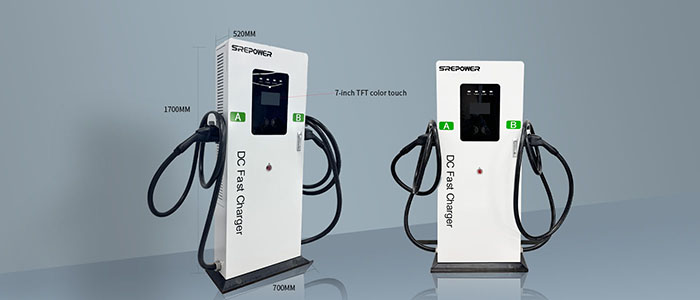
3.1 High‑Performance Output
120/160 kW Power: Delivers up to 200 km range in just 20–30 minutes.
Dual‑Gun Simultaneous Charging: Charge two vehicles at once, boosting station throughput.
3.2 Smart Connectivity & Management
Cloud‑Based Platform: Real‑time data collection via OCPP, with a visual dashboard for operators.
NFC & App Activation: Users start charging via NFC card or mobile scan.
Over‑The‑Air (OTA) Updates: 2G/4G connectivity ensures seamless firmware upgrades and remote control.
3.3 Comprehensive Safety Protections
IP54‑Rated Waterproofing & Rust Resistance: Reliable performance in outdoor environments.
Multi‑Layer Alarms: Overcurrent, overvoltage, overtemperature, and ground‑fault detection with SMS alerts.
Battery Intelligence: Auto‑recognition of battery specs to optimize charging profile.
3.4 Key Specifications
-
Output Voltage
-
DC200V~1000V
-
Output Current
-
400A OR 200A*2(Max)
-
Display
-
7”TFT Color touch screen
-
Operating Temperature
-
-20℃~60℃
-
Communication Mode
-
CAN , Wireless Communication
-
Communication Interface
-
Ethernet、2G/3G/4G(Optional)
-
Billing Interface
-
RFID , IC , CPU
Charging Workflow & Technical Details
4.1 Pre‑Charging Preparation
Site Power Assessment: Verify grid capacity meets the charger’s demands.
Installation & Commissioning: Professional electricians handle grounding, wiring, and safety checks.
System Integration: Test connectivity with the cloud platform and validate billing logic.
4.2 User Charging Steps
Locate Charger: Use in‑car navigation or a mobile app to find SRE Power 120/160 kW stations.
Authenticate: Tap NFC card or scan QR code in the app.
Select Mode: Instant charging, scheduled (off‑peak) charging, or target‑kWh charging.
Initiate: Plug in the charging gun; the system auto‑detects battery status and starts charging.
Monitor & Finish: Track consumption, order history, and payment; charging stops automatically at the set target.
4.3 Station Operations & Maintenance
Data Reporting: Automated daily/monthly reports for energy usage, orders, and payments.
Remote Monitoring: Real‑time health checks and alerting via SMS.
OTA Upgrades: Firmware updates delivered remotely to both chargers and station controllers.
Home Charger Installation Guide
While SRE Power’s 120/160 kW chargers suit commercial deployments, installing a Level 2 home charger remains crucial:
Evaluate Home Power: Ensure access to 240 V single‑phase or 380 V three‑phase supply; upgrade service if needed.
Select a Charger: Choose an 11–22 kW unit based on daily mileage and battery capacity.
Professional Installation: Include proper grounding, overload protection, and surge arrestors.
System Testing: Validate BMS communication, app integration, and billing functions.
Using & Paying at Public Stations
Modern public stations support multiple activation and payment methods, including NFC, mobile apps, and on‑vehicle authentication. Features like scheduled charging (off‑peak), target‑kWh charging, and detailed energy/order/payment statistics enable fully automated operator workflows.
Future Trends in EV Charging
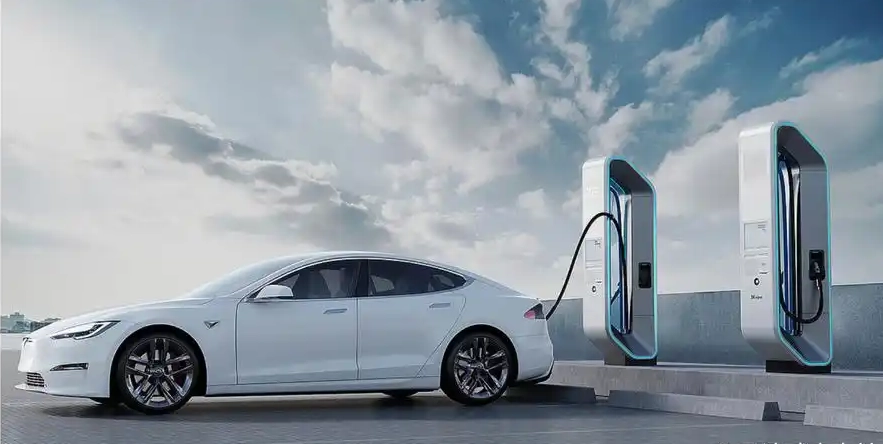 Ultra‑Fast Charging: Charging powers exceeding 350 kW to deliver 100 km in under 5 minutes.
Ultra‑Fast Charging: Charging powers exceeding 350 kW to deliver 100 km in under 5 minutes.
Wireless & Mobile Charging: Dynamic induction and swap‑and‑charge solutions gaining traction.
Intelligent Energy Management: AI‑driven charging optimization and vehicle‑to‑grid (V2G) integration.
Global Standardization: Harmonization of CCS2, GB/T, and CHAdeMO for true cross‑border interoperability.
FAQs
Q1:How long to charge a 60 kWh EV battery with a 120 kW charger?
Approximately 30 minutes to reach 80% state of charge.
Q2: What’s the difference between home chargers and fast chargers?
Home Level 2 chargers (≤ 22 kW) are for slow, overnight charging; DC fast chargers (≥ 50 kW) are for rapid, on‑the‑go replenishment.
Q3: How is safety ensured at public charging stations?
Integrated BMS coordination, multi‑layer alarm systems, cloud monitoring, and OTA upgrades maintain round‑the‑clock safety.
Conclusion & Environmental Impact
Grasping EV charging principles, workflows, and technologies enhances user experience and promotes green mobility. Choosing efficient, smart, and safe solutions like the SRE Power 120/160 kW Fast EV Charger meets diverse charging needs and accelerates infrastructure growth. Let’s embrace electric mobility together and drive toward a sustainable, carbon‑neutral future!




 Ultra‑Fast Charging: Charging powers exceeding 350 kW to deliver 100 km in under 5 minutes.
Ultra‑Fast Charging: Charging powers exceeding 350 kW to deliver 100 km in under 5 minutes.
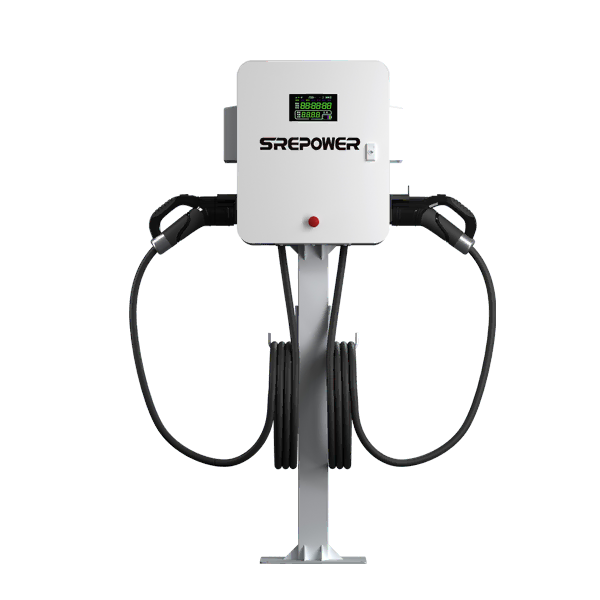
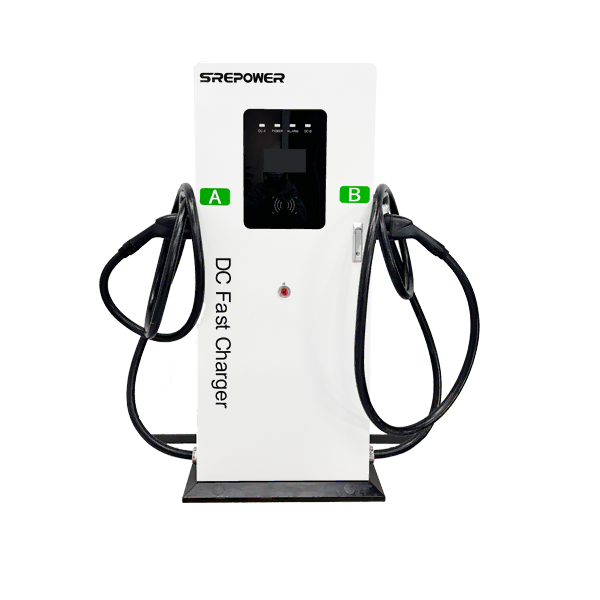
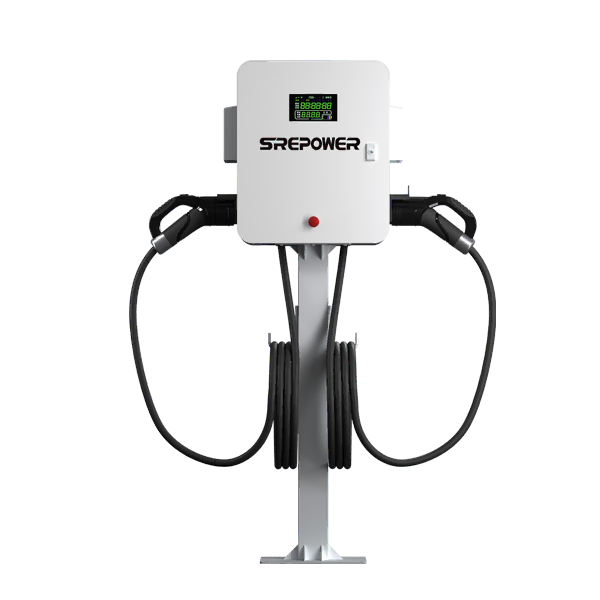
 WhatsApp Contact
WhatsApp Contact